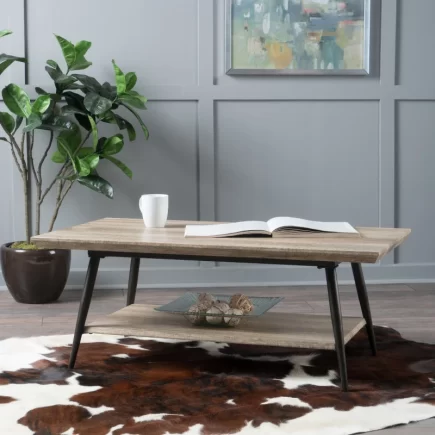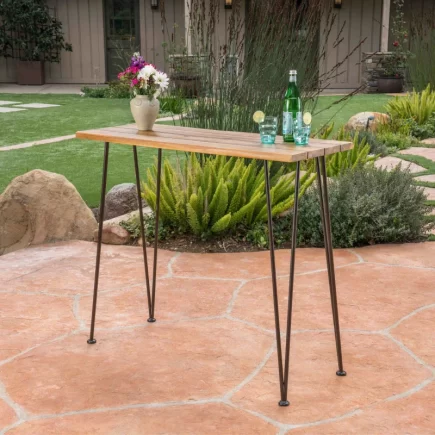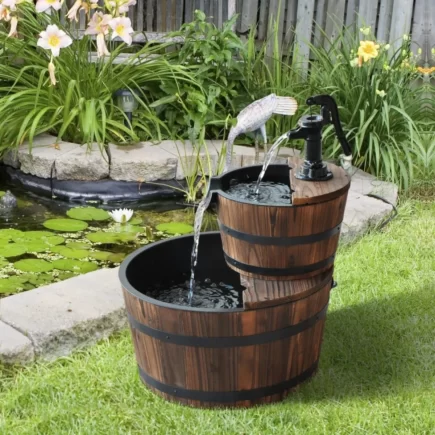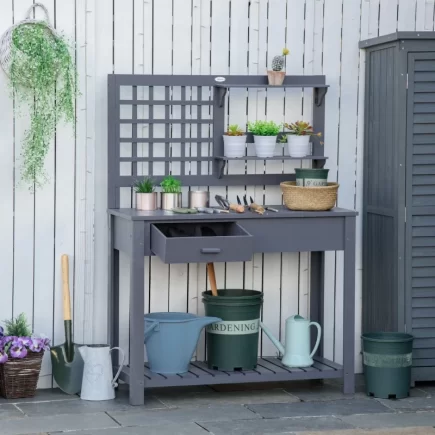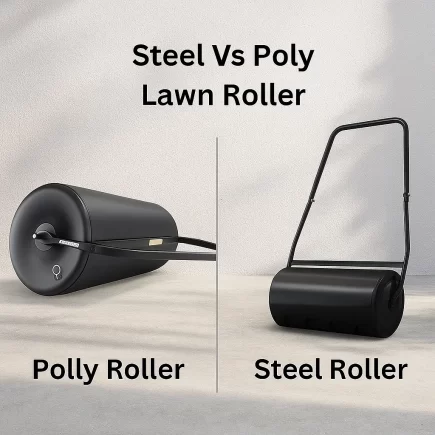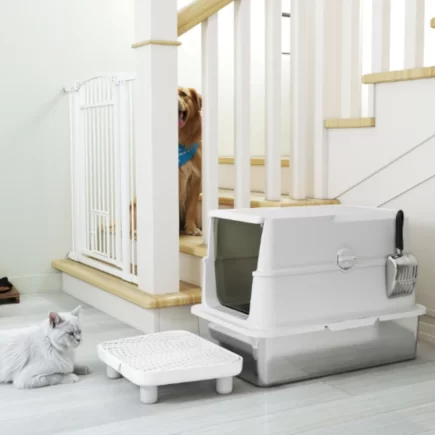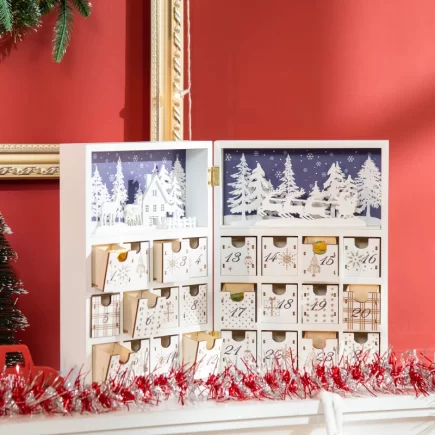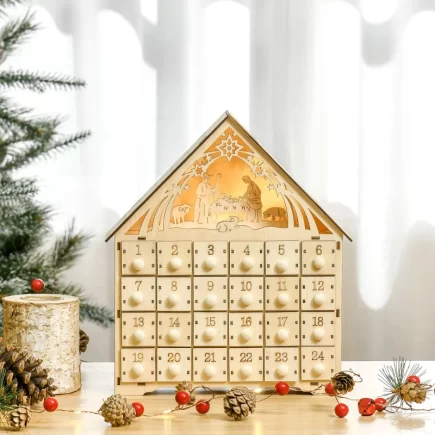A well-organized and clean wardrobe does more than just look neat. It creates a healthier, more pleasant living space and keeps your clothes in better condition for longer. Over time, your wardrobe accumulates dust, dirt, and moisture, which can affect your clothing’s freshness and durability. Whether you’re doing a deep clean at the end of a season or simply refreshing your wardrobe, this article will show you how to get your wardrobe sparkling clean while keeping it in top shape for the future.

Table of Cleaning Supplies
| Cleaning Supply | Description |
| Microfiber Cloths | For dusting and wiping surfaces without streaks. |
| All-Purpose Cleaner | Mild cleaner for shelves, rails, and surfaces. |
| Glass Cleaner | For cleaning mirrors or glass doors. |
| Vacuum Cleaner | To remove dust and debris from the floor. |
| Mild Dish Soap/Detergent | For cleaning sticky spots or stains. |
| White Vinegar | Natural disinfectant and mildew remover. |
| Baking Soda | Absorbs odors and neutralizes smells. |
| Disinfectant Spray | For sanitizing surfaces. |
| Cedar Blocks/Sachets | Keeps the wardrobe fresh and prevents mildew. |
| Mop & Floor Cleaner | For cleaning hard floors inside the wardrobe. |
| Storage Bags/Bins | For storing seasonal or unused items. |

Steps to Clean Your Wardrobe
1. Empty the Wardrobe Completely
The first step in cleaning your wardrobe is to take everything out. Remove all clothing, shoes, accessories, and any other items you have stored inside. This will allow you to access all the corners and surfaces that need attention.
By clearing everything out, you also prevent transferring dust or dirt back onto your clothes during the cleaning process. It’s a good time to inspect items as well, this is the perfect moment to donate or discard clothing that no longer fits or is worn out.
2. Dust the Interior
Once your wardrobe is completely empty, it’s time to start cleaning. Begin by dusting the interior. This includes shelves, rails, and corners, areas where dust tends to gather. Use a microfiber cloth for this task.
Microfiber traps dust rather than spreading it around, which ensures you won’t make a mess while cleaning other areas. Pay close attention to areas where dust tends to accumulate the most, like the top of shelves and behind the rails.
3. Clean the Shelves, Rails, and Interior Surfaces
After dusting, it’s time to wipe down the shelves, rails, and other flat surfaces inside your wardrobe. Use a damp cloth and a mild cleaner. Make sure the cloth isn’t too wet; you don’t want to saturate the wood or fabric.
If there are areas where dirt or stains have accumulated, like the corners or edges of shelves, you may need to let the cleaner sit for a few minutes before wiping it away. For sticky residues, applying a little extra pressure can help, but always check that you’re using a cleaner that’s safe for the surface.

For a deeper clean, you can also use a gentle all-purpose cleaner or a wood-safe cleaner if your wardrobe is made from wood. This ensures your wardrobe is thoroughly cleaned and maintained.
4. Clean the Doors and Mirrors (If Have)
If your wardrobe has doors, mirrors, or glass panels, now is the time to clean them. For mirrors, use a glass cleaner or a homemade water-vinegar solution for a streak-free shine. Simply spray the solution on the glass and wipe it off with a lint-free cloth or paper towel. This not only makes your wardrobe look neat, but it also adds a reflective, clean touch to the overall aesthetic.
For the doors and handles, use a damp cloth to remove any dust, fingerprints, or smudges that may have accumulated. Don’t forget to pay attention to the handles or knobs, as they can often harbor grime and oil from frequent use.

5. Treat Any Mildew or Odors
A musty smell or mildew in your wardrobe can make it uncomfortable to store clothes. This is especially common in poorly ventilated or damp areas. If you detect any unpleasant smells, treat the affected areas immediately. A water-vinegar solution is a natural way to fight mildew.
Spray the solution directly on the area with the mildew, let it sit for a few minutes, and then wipe it away with a clean cloth.If the smell persists, place a bowl of baking soda or activated charcoal inside your wardrobe. Both these substances absorb odors and can help freshen up the space. Alternatively, using a commercial mildew cleaner can provide a more potent solution if necessary.
6. Disinfect the Interior
Now that the main surfaces are clean, it’s time to disinfect. Use a non-toxic disinfectant spray to lightly mist the interior of your wardrobe. Be sure to focus on areas like the shelves and rails, as these are in direct contact with your clothing. Disinfecting helps kill germs, bacteria, and allergens, particularly if your wardrobe is used to store clothing for extended periods.

7. Vacuum the Floor
After cleaning the interior surfaces, the next step is to clean the floor of the wardrobe. Use a vacuum cleaner to remove dust and debris. Be sure to vacuum in all corners and edges, where dust tends to collect.
If your wardrobe has a carpeted floor, use a vacuum with a hose attachment to reach tight spots and clean the carpet thoroughly. Vacuuming will prevent dirt and dust from piling up and settling on your clothes when you place them back inside.
8. Reassemble the Wardrobe
Now that the cleaning process is complete, it’s time to put everything back in the wardrobe. Make sure that all your clothes, shoes, and accessories are clean and dry before placing them back inside. This will prevent any mold or mildew from forming.
Regular Maintenance
While deep cleaning your wardrobe is a great way to start fresh, regular maintenance will keep it in top condition. Set aside time each month to do a quick dusting of shelves, vacuum the floor, and check for any signs of mildew or odors.
This will help prevent the need for another major cleaning session, keeping your wardrobe fresh year-round.
Benefits of a Clean and Organized Wardrobe
Cleaning your Wardrobe is not just about making it look good, it’s about preserving your clothes and creating a more pleasant, healthy living space. By following these step-by-step instructions, you can ensure your wardrobe remains fresh, organized, and free from harmful elements like dust, mildew, and odors.
Regular maintenance will help reduce the need for extensive cleanings and keep everything in perfect condition. With a clean wardrobe, you’ll not only enjoy the visual appeal of your space but also the peace of mind that comes with knowing your clothes are stored in a safe and fresh environment.
FAQs
1. How do I deal with sticky zippers or metal parts inside the wardrobe?
Rub a small amount of candle wax or petroleum jelly on the zipper or hinge to loosen it. This prevents rust and keeps metal parts functioning smoothly.
2. How can I clean fabric-lined wardrobes without damaging the lining?
Use a vacuum with a soft brush attachment to lift dust. For stains, dab gently with mild soap water instead of scrubbing to avoid tearing fabric.
3. How can I handle water stains if my wardrobe is near a leaky wall?
Dry the area immediately with a cloth, then apply a wood-safe polish to restore finish. Fixing the wall leak is essential to prevent long-term damage.





